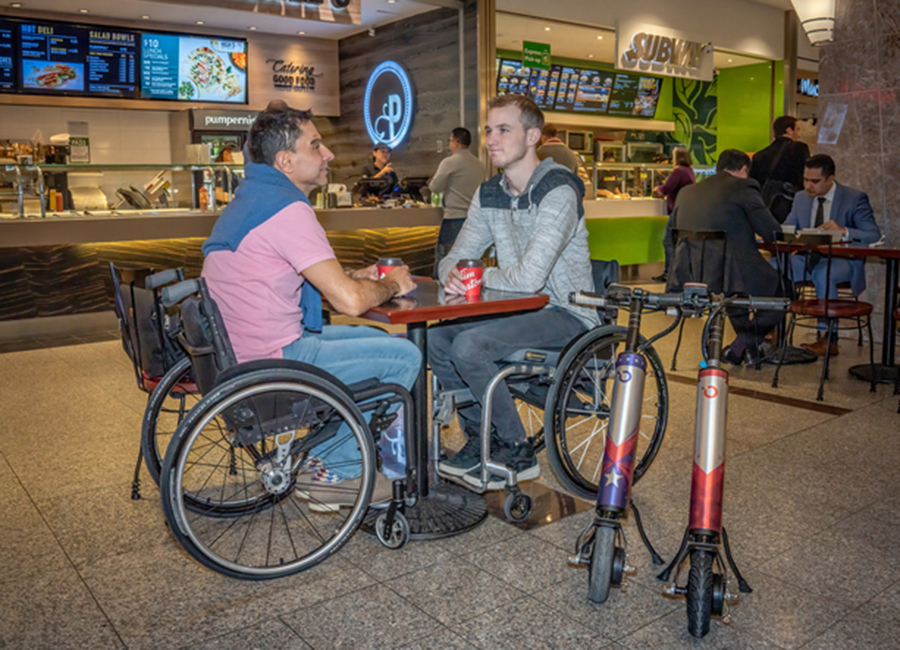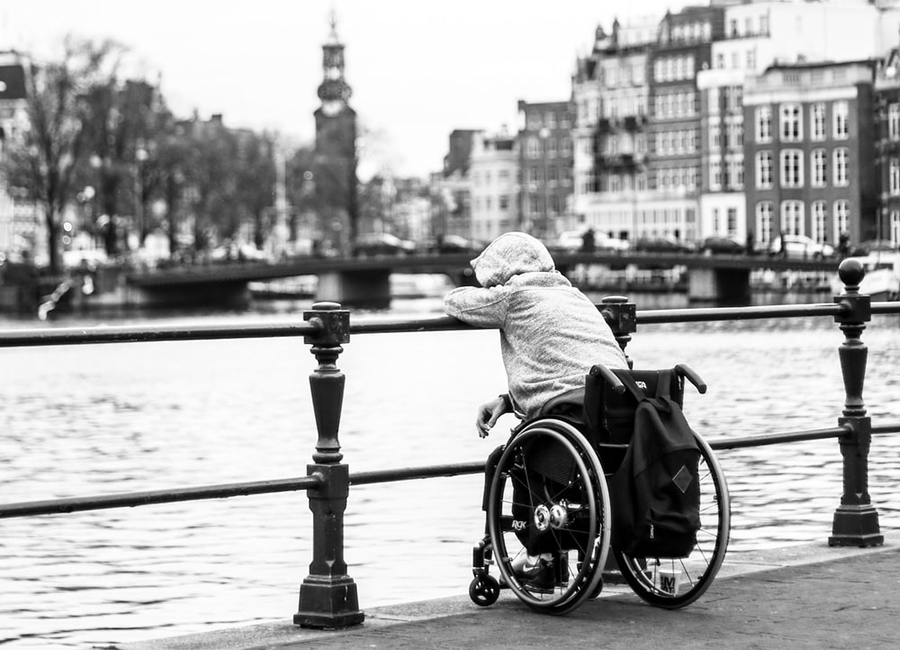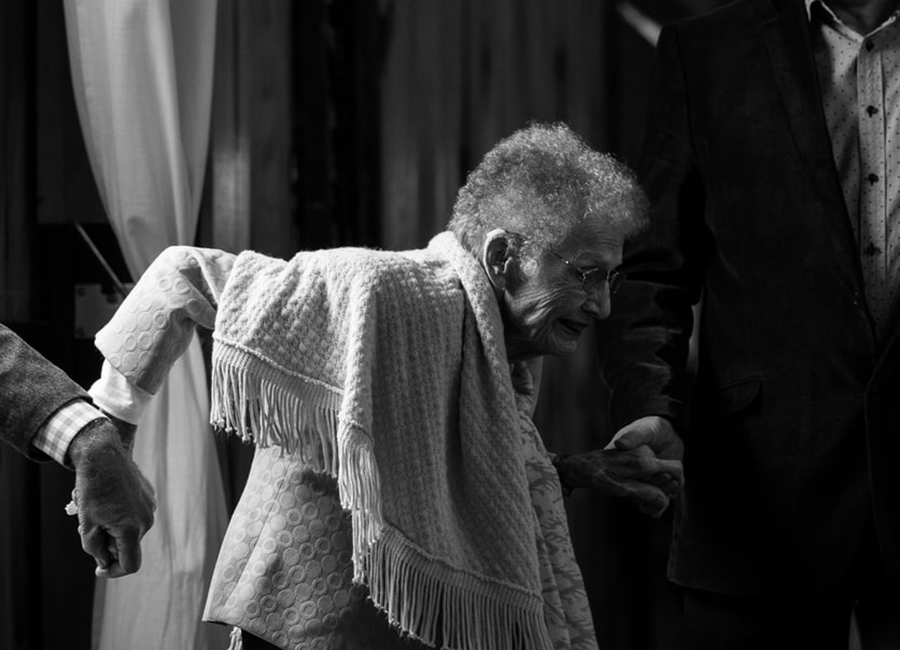3 Ways a Wheelchair Power Add-On Can Improve Your Life

SPONSORED CONTENT
Author: Amanda Robertson, MScOT
People who use wheelchairs encounter barriers at almost every turn. The good news is that as technology advances so do the opportunities for those with disabilities to engage more broadly with the world around them. While assistive devices can’t remove external barriers, they can certainly improve the user’s ability to navigate them.
In this article we explore three ways that a wheelchair power add-on improves the lives and increases opportunities for wheelchair users.
What is a Power Add-on?
People choose manual over power wheelchairs for all sorts of reasons, but the reality is they are less expensive, more easily maneuvered and more portable than power chairs. While a power wheelchair may one day be needed, a power add-on can meaningfully extend a person’s ability to stay in a manual chair.
One of the best and most affordable examples that we’ve seen is the Cheelcare Companion, which uses a Quick-Release mechanism to attach a lightweight motor and steering column to the front of a manual chair – quickly and easily converting it into a powered scooter.

Power Add-ons maintain the portability and maneuverability of manual chairs while offering the increased travel range, decreased exposure to environmental hazards and lower risk of injury, enjoyed by power chair users – at a fraction of the cost.
1. Go Places You Couldn’t Go Before
For individuals in manual wheelchairs, both physical and cognitive fatigue are very real concerns – adding to already challenging interactions. A power assist reduces the amount of energy expended, allowing you to go further while redirecting important physical and mental energies elsewhere.
Energy saved getting to places and maneuvering around spaces leaves individuals free to participate in more activities, and for longer periods of time. This might mean multiple stops while out shopping, visiting a park and stopping for coffee with a friend on the same afternoon, or simply travelling a longer distance at a faster pace.
The right power add-on will eliminate the need for 10-point turns, making small spaces like elevators and public washrooms more accessible for manual wheelchair users.
2. Protect Yourself From Weather and Germs

When you use your hands to self-propel your wheelchair you are at the mercy of mother nature. Wearing special gloves can help keep your hands protected from the wet, dirty and cold, but they can be challenging to maintain. Within the context of a global pandemic, the importance (but also the challenges) of properly sanitizing and disinfecting your hands and gloves are even more pronounced. A power assist device limits the need for your hands to come in contact with your wheels, and reduces your exposure to both germs and weather.
3. Lower Your Risk of Injury
Unfortunately, injuries are commonplace when self-propelling. Stubbing your thumbs, burning/blistering your palms and fingers, hitting your elbows, and even breaking your nails can occur when maneuvering your wheels. Over time, wheelchair users commonly experience shoulder, rotator cuff and general upper extremity joint deterioration.

A power add-on can reduce these types of injuries by keeping your hands away from moving parts of your chair and reducing the amount of strain on your shoulders and upper extremities. Fewer injuries mean less time spent on the sidelines of life and more time spent making memories and achieving goals!
Click over to evika.io to find more information, clinical guides, and user reviews on a wealth of assistive device listings.
